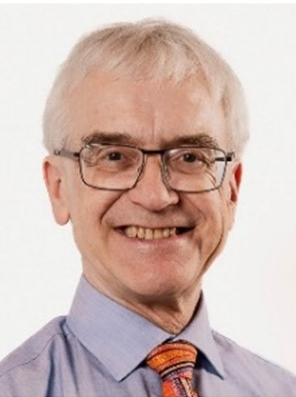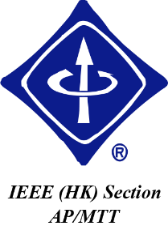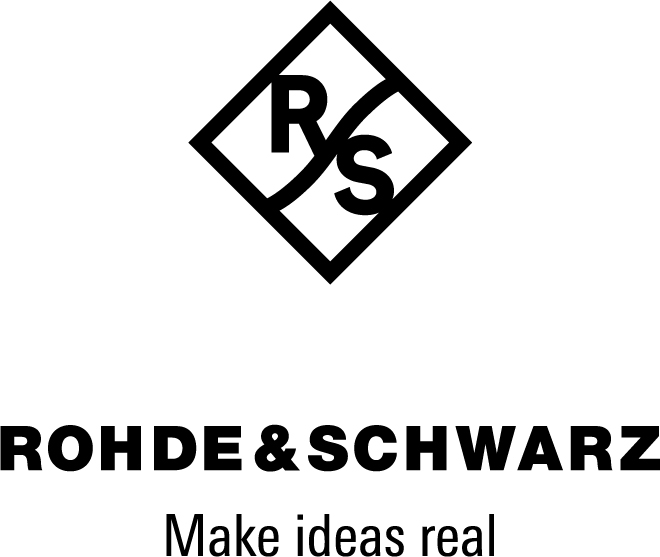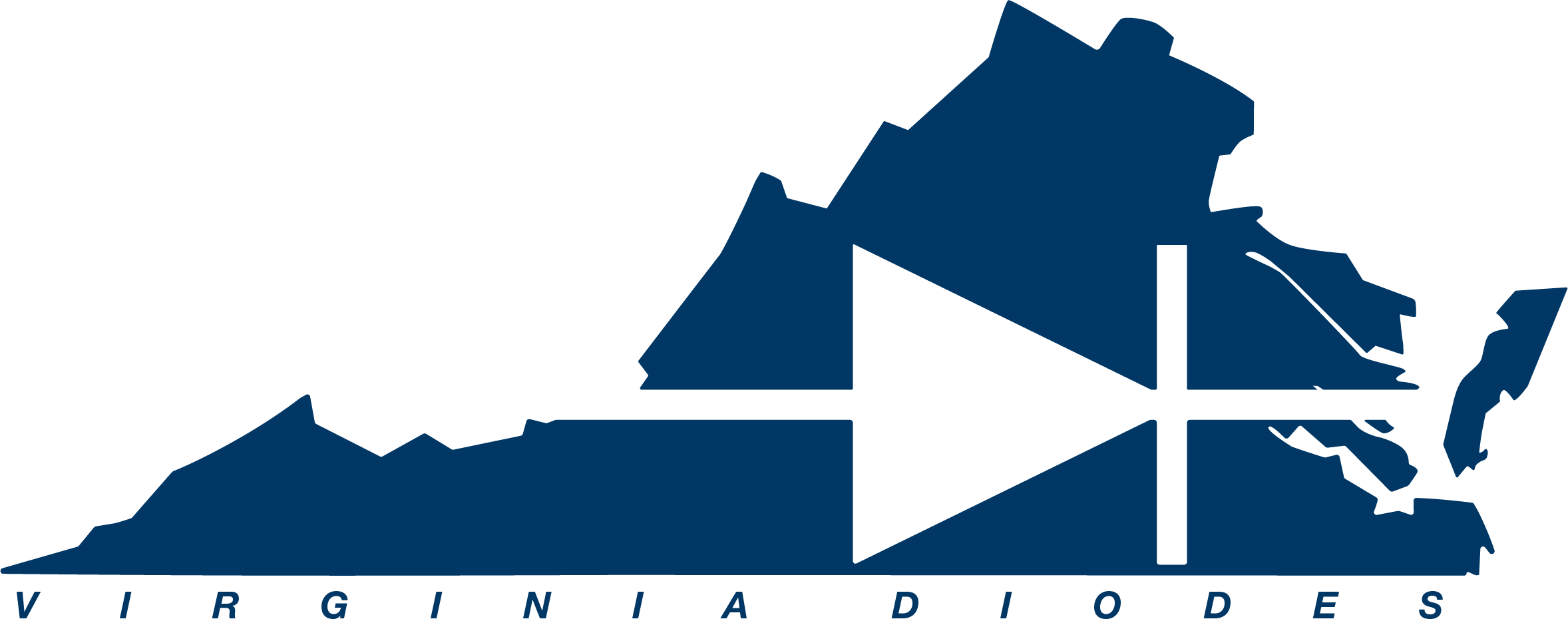


Prof. Richard W. Ziolkowski The University of Arizona |
|
Title Practical Superdirectivity - Back to the Future Abstract Highly directive antenna systems are being sought to address the perceived needs of NextG wireless systems and their applications. Practical alternatives to complex, power-hungry phased arrays are truly desired. A potential approach is to develop and employ superdirective systems.
Biography Prof. Richard W. Ziolkowski received the B. Sc. (magna cum laude) degree (Hons.) in physics from Brown University, Providence, RI, USA, in 1974; the M.S. and Ph.D. degrees in physics from the University of Illinois at Urbana-Champaign, Urbana, IL, USA, in 1975 and 1980, respectively; and an Honorary Doctorate degree from the Technical University of Denmark, Kongens Lyngby, Denmark in 2012.He is currently a Professor Emeritus with the Department of Electrical and Computer Engineering at the University of Arizona, Tucson, AZ, USA. He was a Litton Industries John M. Leonis Distinguished Professor in the College of Engineering as well as a Professor in the College of Optical Sciences until his retirement in 2018. He was also a Distinguished Professor in the Global Big Data Technologies Centre in the Faculty of Engineering and Information Technologies (FEIT) at the University of Technology Sydney, Ultimo NSW Australia from 2016 until 2023. He was the Computational Electronics and Electromagnetics Thrust Area Leader with the Engineering Research Division of the Lawrence Livermore National Laboratory before joining The University of Arizona in 1990. Prof. Ziolkowski was the recipient of the 2019 IEEE Electromagnetics Award (IEEE Technical Field Award). He is an IEEE Life Fellow as well as a Fellow of OPTICA (previously the Optical Society of America, OSA) and the American Physical Society (APS). He was the 2014-2015 Fulbright Distinguished Chair in Advanced Science and Technology (sponsored by DSTO, the Australian Defence Science and Technology Organisation). He served as the President of the IEEE Antennas and Propagation Society (AP-S) in 2005 and has had many other AP-S leadership roles. He is also actively involved with the International Union of Radio Science (URSI) and the European Association on Antennas and Propagation (EurAAP). He is the co-Editor of the best-selling 2006 IEEE-Wiley book, Metamaterials: Physics and Engineering Explorations, as well as an author and co-Editor of the recent Wiley-IEEE Press books: Advanced Antenna Array Engineering for 6G and Beyond Wireless Communications (2022) and Antenna and Array Technologies for Future Wireless Ecosystems (2022), respectively. |
|
Back to Plenary Speakers |






